The news in a nutshell
> 🤖 The category is: science
----
Planet orbiting a dead star previews our own solar system's fate - Engadget
Scientists have spotted a Jupiter-like exoplanet orbiting a dead star that was once like our Sun..
Click here for the full article
Published At 2021-10-14T09:11:58Z, author https://www.engadget.com/about/editors/steve-dent
Meteorite Crashes Through Ceiling and Lands on Woman’s Bed - The New York Times
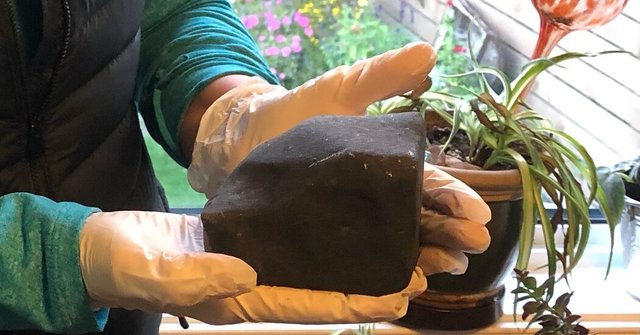
After a fireball streaked through the Canadian sky, Ruth Hamilton, of British Columbia, found a 2.8-pound rock the size of a large man’s fist near her pillow.
Click here for the full article
Published At 2021-10-14T06:37:29Z, author John Yoon, Vjosa Isai
Mysterious Source in Deep Space Generates 1,652 Fast Radio Bursts in Just 47 Days - ScienceAlert
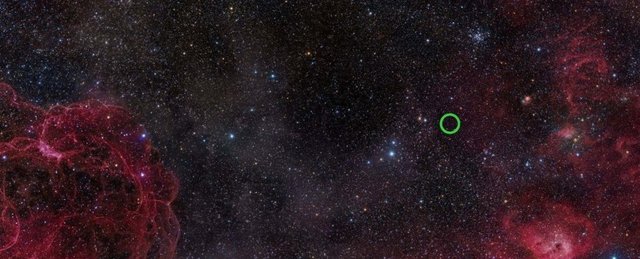
A source of powerful radio signals from distant space has deepened the mystery of fast radio bursts.
Click here for the full article
Published At 2021-10-14T06:33:29Z, author Michelle Starr
'Extraordinary' unknown radio signal from heart of Milky Way puzzles astronomers - CNET
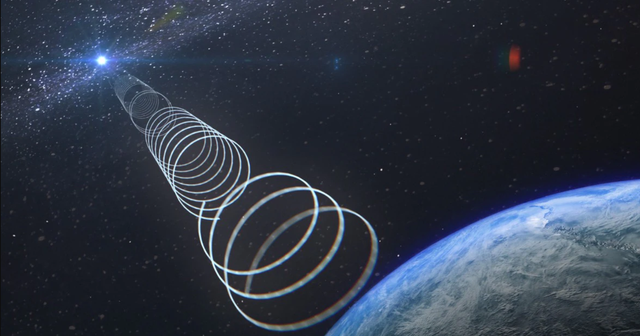
What buzzed Earth from the center of the galaxy? Scientists are trying to work that out.
Click here for the full article
Published At 2021-10-14T06:00:07Z, author Jackson Ryan
NASA's daring Lucy asteroid mission is ready to launch - Space.com
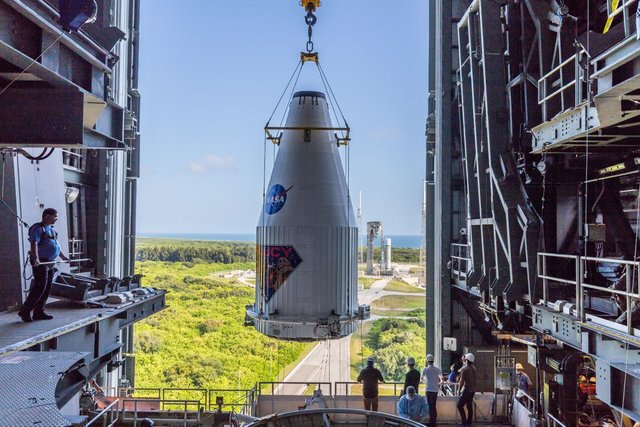
NASA's newest asteroid mission, a spacecraft named Lucy that will target space rocks that orbit ahead of and behind Jupiter, is ready to begin its journey.
Click here for the full article
Published At 2021-10-13T21:22:18Z, author Meghan Bartels
Perseverance rover finds evidence of ancient floods on Mars, researchers say - NBC News
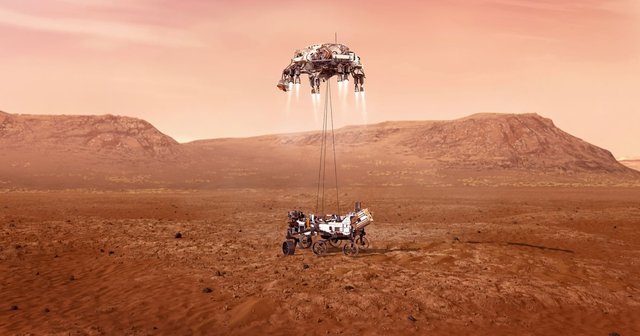
NASA's Perseverance rover discovered evidence that the Jezero crater on Mars it touched down in was once a lake bed fed by a river with floods, scientists say.
Click here for the full article
Published At 2021-10-13T20:55:13Z, author Evan Bush
We Asked a NASA Scientist – Did Mars Ever Look Like Earth? - NASA

Did Mars ever look like Earth? We think it did! Ancient Mars may have been wetter and warmer — similar to our home planet. So what happened? Scientists like ...
Click here for the full article
Published At 2021-10-13T20:23:41Z, author None
Holey metalens! New metalens focuses light with ultra-deep holes - Phys.org

Metasurfaces are nanoscale structures that interact with light. Today, most metasurfaces use monolith-like nanopillars to focus, shape and control light. The taller the nanopillar, the more time it takes for light to pass through the nanostructure, giving the…
Click here for the full article
Published At 2021-10-13T20:05:14Z, author Leah Burrows
Why skyrmions could have a lot in common with glass and high-temperature superconductors - Phys.org
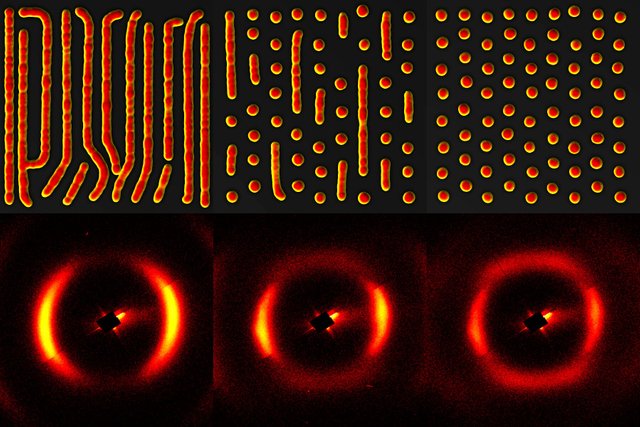
Scientists have known for a long time that magnetism is created by the spins of electrons lining up in certain ways. But about a decade ago, they discovered another astonishing layer of complexity in magnetic materials: Under the right conditions, these spins…
Click here for the full article
Published At 2021-10-13T20:02:48Z, author Science X staff
James Webb Space Telescope completes its voyage to French Guiana - The Register
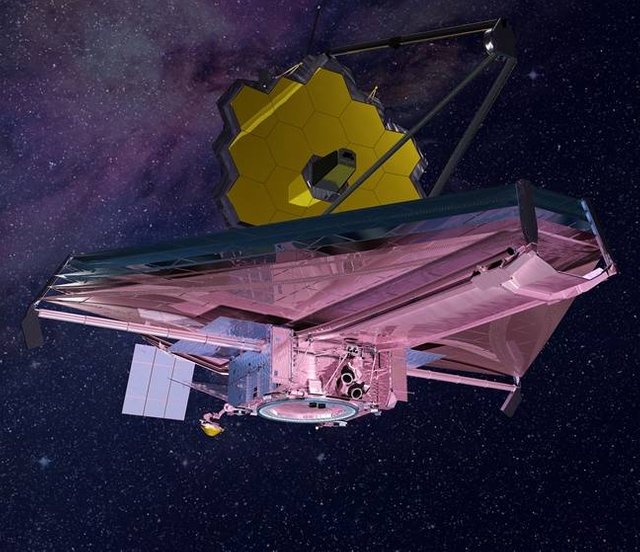
Only a million or so miles to go
Click here for the full article
Published At 2021-10-13T17:30:00Z, author Richard Speed
Physicists propose a new method for defending the Earth against cosmic impacts - Phys.org
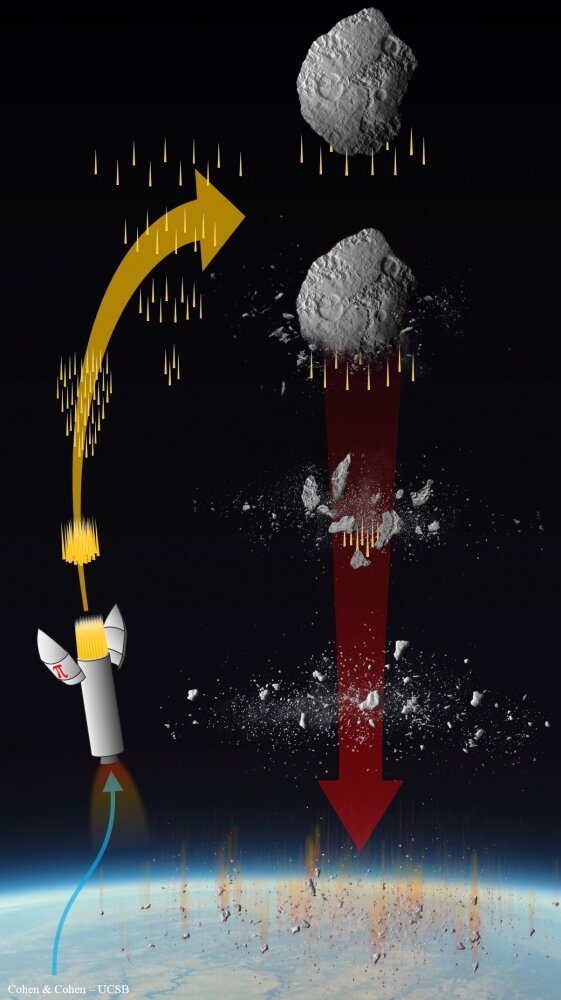
In February of 2013, skywatchers around the world turned their attention toward asteroid 2012 DA14, a cosmic rock about 150 feet (50 meters) in diameter that was going to fly closer to Earth than the spacecraft that bring us satellite TV.
Click here for the full article
Published At 2021-10-13T16:56:46Z, author Sonia Fernandez
NASA Turns to the Cloud for Help With Next-Generation Earth Missions - NASA Jet Propulsion Laboratory
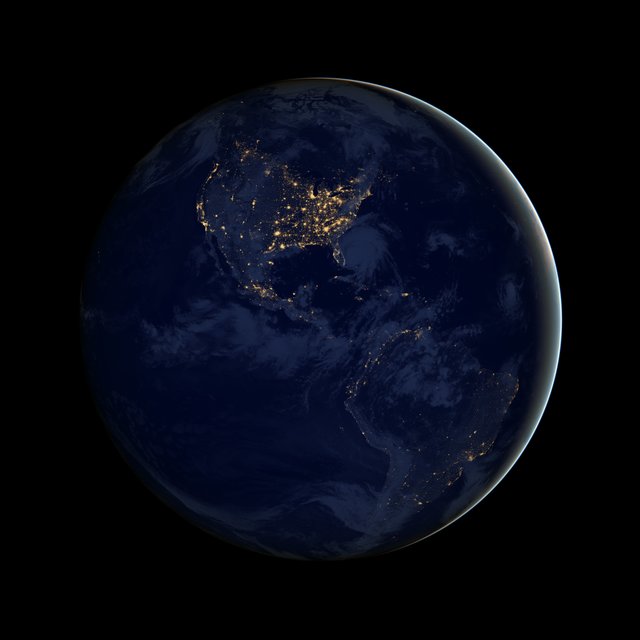
NASA's Jet Propulsion Laboratory, the leading center for robotic exploration of the solar system.
Click here for the full article
Published At 2021-10-13T15:30:12Z, author https://jpl.nasa.gov/
Day–night cloud asymmetry prevents early oceans on Venus but not on Earth - Nature.com
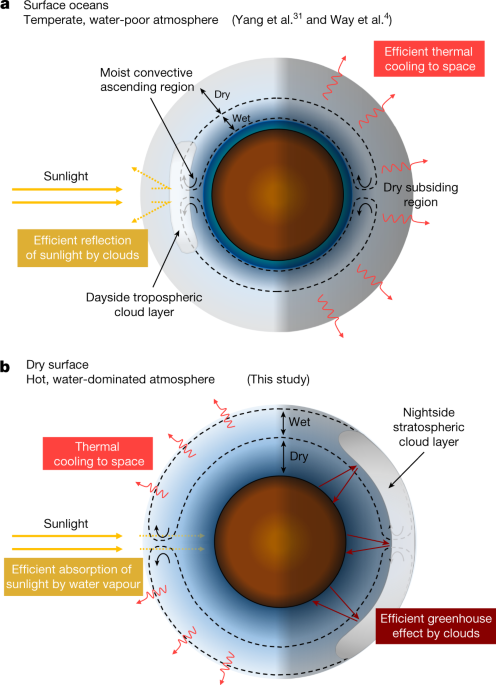
Global climate model simulations of early Venus and Earth show that differences in the cloud regimes prevented ocean formation on Venus but not on Earth.
Click here for the full article
Published At 2021-10-13T15:04:29Z, author None
A bimodal burst energy distribution of a repeating fast radio burst source - Nature.com
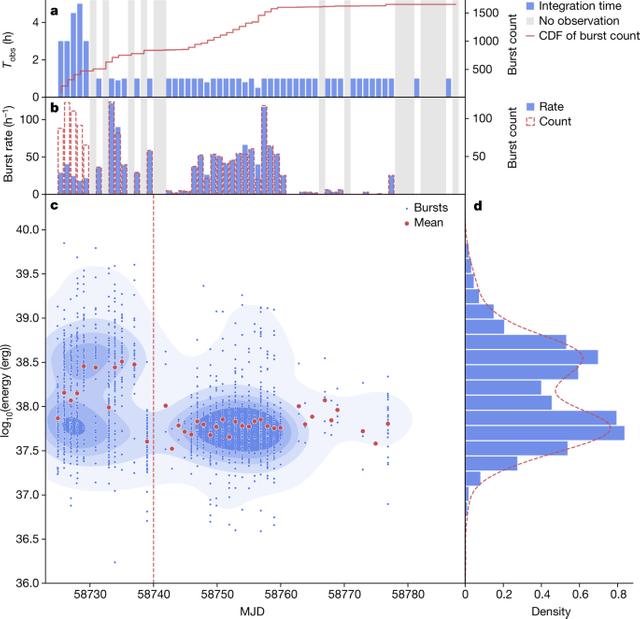
For FRB 121102, 1,652 burst events are detected over 47 days, with a peak burst rate of 122 per hour, a bimodal burst rate energy distribution, and no periodicity or quasi-periodicity.
Click here for the full article
Published At 2021-10-13T15:03:50Z, author None